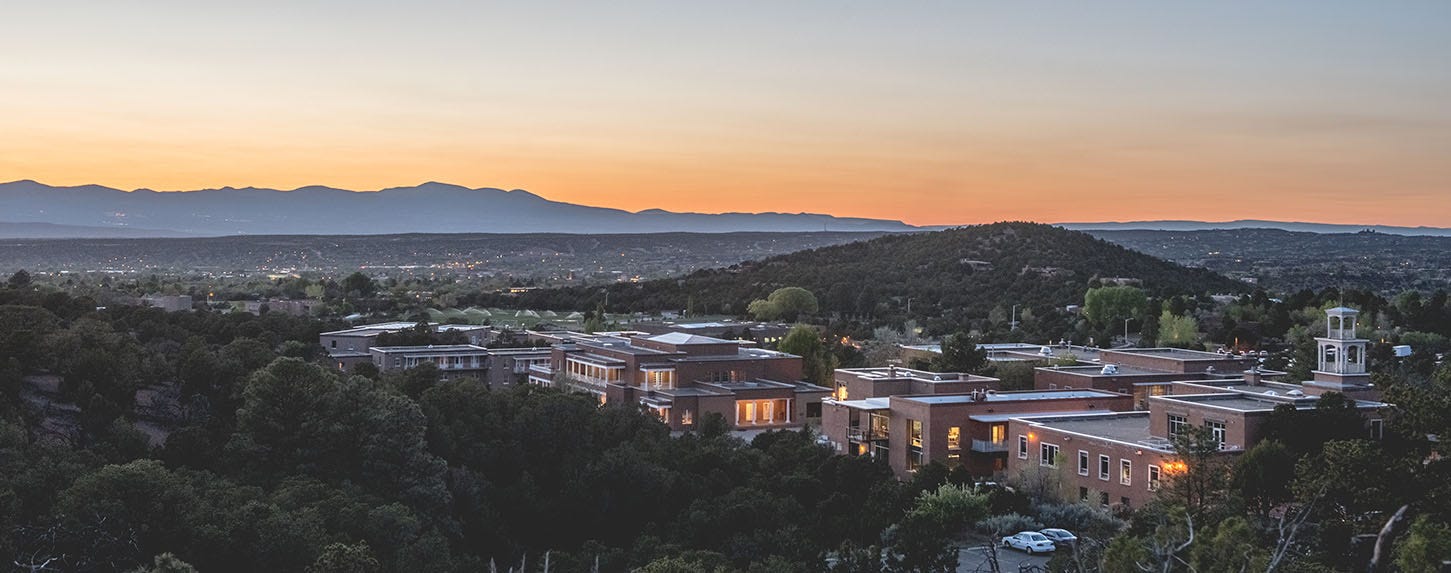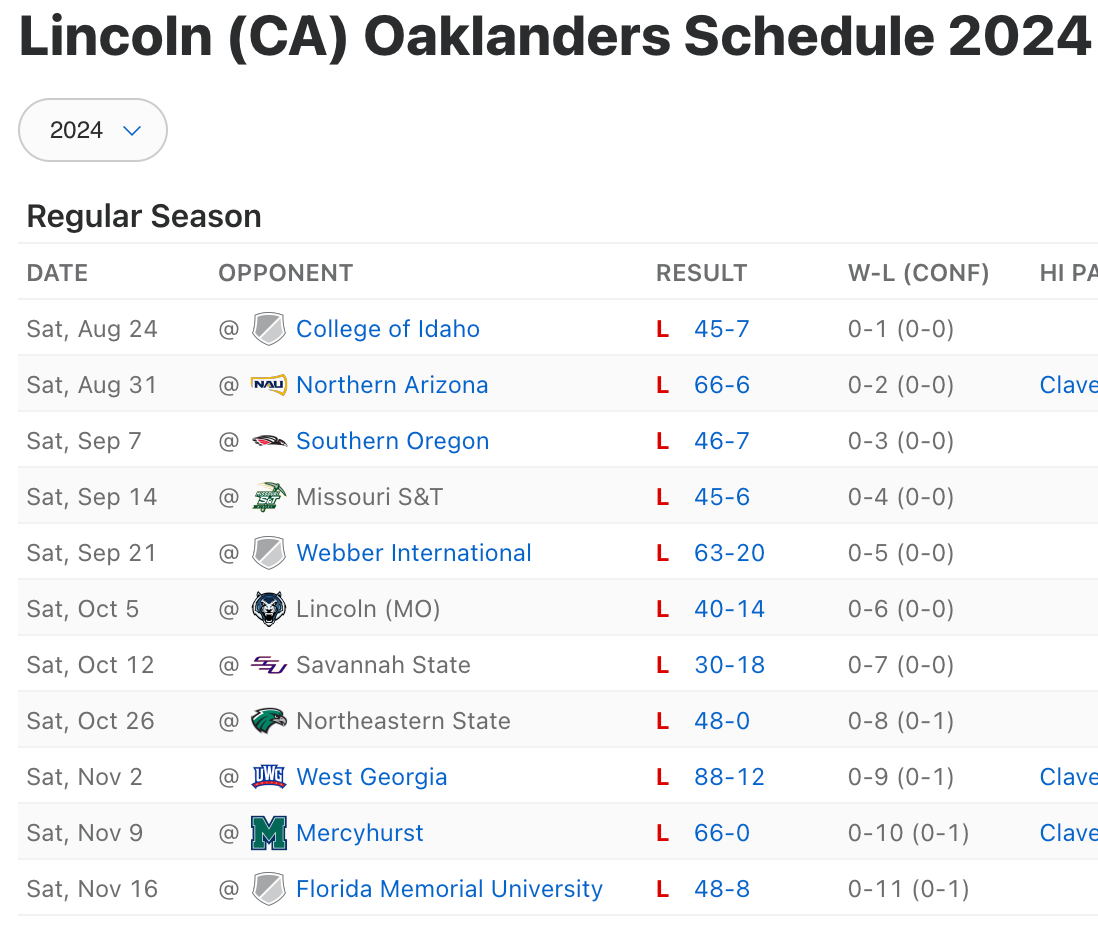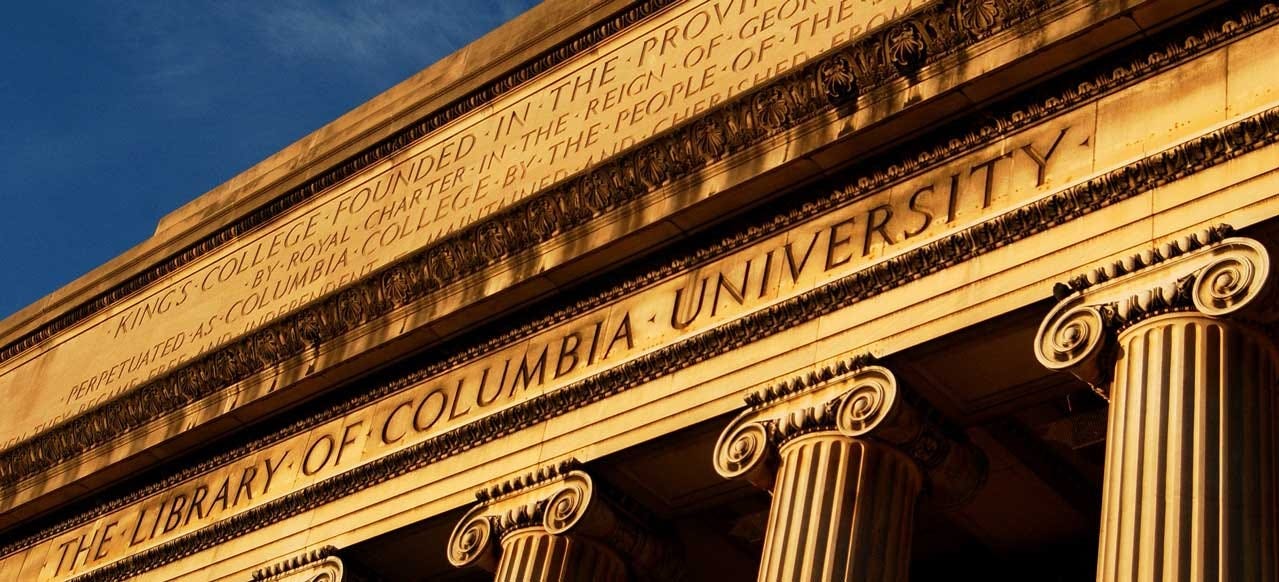I’ve been thinking about college names recently.
I will likely come back to this from another angle, but a college’s name does so much of its branding work. In an age of declining student enrollment, it’s hard to know what will attract or repulse the potential applicant. Your name might be a non-starter.
Even something as simple as being a “college” instead of a “university” sends a message. And just imagine if you’re an “institute.” What even is that?
Anyway, it made me wonder about colleges who share the same names. Can it create the wrong impression when they are mistaken (or mis-Googled) for one another?
You see this a lot with places like Cornell College in Iowa or Northwestern College (somehow also in Iowa). Or with conflicting abbreviations like USC being frequently mistaken for USC.
But this post isn’t about any of that. I want to be more precise.
I did a query in IPEDS to produce a roster of every 4-year bachelor’s degree-granting institution for which they have data. That produced a list of 1890 colleges and universities. From that, 28 institutions had identical names across 12 sets of names.
But how did these distinct schools end up with the same names?
Same Name, Same School
This first group is the simplest; they’re multiple colleges who are one college.
Most institutions who have branches in multiple locations will include those locations as a part of their official name. For example, I attend Indiana University- Bloomington, but the same organization also governs Indiana University- Kokomo, Indiana University- Columbus, and several other schools across the state.
I found two institutions who don’t do that.
The first should have been obvious because I went there. St. John's College began in Annapolis, Maryland, but opened a second campus in Santa Fe, New Mexico. The lack of location naming for the campuses is a signal that they consider themselves a single institution.
Students may request to do an intercampus transfer between the two locations and may even do so multiple times. The reason this works for St. John’s is that they work on a fixed curriculum, so the undergraduates at each campus are doing the same coursework at the same point, so you can switch campuses while having done the same reading as all your new peers.
The second example is Pacific College of Health and Medicine. This is about as different from St. John’s as you can be. This college focuses on training people in Chinese medicine at three identically-named campuses in San Diego, Chicago, and New York. Imagine attending “Pacific College” when you’re right by the Atlantic. Will wonders never cease?
Same Person, Same Name
This next group is colleges who have the same name because they’re named after the same person.
University of St Thomas (St. Paul, MN) and University of St. Thomas (Houston, TX) are both Catholic institutions named after that patron saint of academics, Thomas Aquinas. There’s also Thomas Aquinas College, which is close, but not close enough.
Another Catholic pair is Marian University (Indianapolis, IN) and Marian University (Fond du Lac, WI). Both are named after St. Mary, the mother of Jesus, and interestingly both universities chose to go with the adjectival form of her name. Maybe they did that to stand out and not be mistaken for University of St. Mary or St. Mary's University or College of St. Mary or St. Mary's College.
The last is a trio: Lincoln University (Oxford, PA), Lincoln University (Jefferson City, MO), and Lincoln University (Oakland, CA). All three are named after Abraham Lincoln. The first two are both HBCUs which were named in 1866 as an immediate response to Lincoln’s assassination. The last one was founded in 1919, but Lincoln fandom is evergreen.
Here’s a fun fact: Lincoln University (Oakland) started a football team for the first time in 2021. They’ve won 3 games since then and none in the past two years.
Hey, did you notice what happened on October 5, 2024? Lincoln University lost to Lincoln University! What a delight.
Same Thing, Same Name
This group includes institutions named after the same non-human thing in the same way.
Westminster College (Fulton, MO) and Westminster College (New Wilmington, PA) are both named after a piece of paper from 1648. Both are Presbyterian-affiliated colleges and take their name from the Westminster Confession of Faith, which continues to undergird Presbyterian theology to this day.
Bethel University (Mishawaka, IN), Bethel University (McKenzie, TN), and Bethel University (Arden Hills, MN) are all Christian colleges, though they are from distinct denominations. For their own reasons, they all chose to name their colleges after Bethel. It’s a place name from the Bible, ostensibly where both Abraham pitched his tent and Jacob saw the ladder to heaven. So, if you want to pitch your tent by starting a college which is directed toward the divine, that’s a pretty metaphorically resonant name to choose.
Same Name, Different Cities (with the Same Name)
This groups has colleges which were named after the city in which they were founded. Each just happens to be located in identically-named cities in different states.
The first are Columbia College (Columbia, MO) and Columbia College (Columbia, SC). Both are examples of civic pride, where the new educational institution takes on the name of its host city to attract attention to the town. Both towns were named after Columbia, the female personification of the United States, who was herself named after Christopher Columbus.
Oh, and make sure you don’t confuse them with Columbia College Chicago (which used to just be called “Columbia College” but decided to get out of that crowded field). Or Columbia University, the one for which all three of these get mistaken.
Anderson University (Anderson, IN) and Anderson University (Anderson, SC) are both named for their cities. Both cities were named for guys with the surname “Anderson.” Not the same guy, unfortunately.
Same Name, Different Origins
These colleges all share names, but the way they aren’t named after the same kind of things.
Bethany College (Bethany, WV) was named for civic pride. The town was named after the Biblical town of Bethany, home of Lazarus. Bethany College (Lindsborg, KS) was named after Bethany Lutheran Church, the place where the college originally held its classes. Now, that church was also named after the Biblical town, so you could say both institutions are named after the same thing, once removed.
Sterling College (Sterling, KS), a conservative Christian school, was named for its host city. It often gets confused for a very different Sterling College (Craftsbury, VT), an ecological school focused on outdoor education where every student majors in environmental studies. I could not find an answer about where the Vermont Sterling gets its name, partly because every search query would redirect me to the other institution. Are they just named after the adjective?
Union College (Schenectady, NY) was founded in 1795 as the second college in New York (after Columbia… no, the other one). It’s named for the “union” of all religious denominations. Since almost all colleges through the 18th century were founded by religious groups, a specifically non-sectarian school was unique enough to be name worthy.
Union College (Barbourville, KY) was named to signify that the residents of Knox County were all “united” behind the project of starting a college. They’d rather not be mistaken for their Schenectady predecessor though, so the institution is currently in the process of renaming itself Union Commonwealth University.
The addition of “university” recognizes changes in their graduate education, but interestingly they didn’t just become “Union University.” That’s probably because the name was already taken by Union University (Jackson, TN). So, the Kentucky institution had to add some local flair to finally be the top search result for their own name.
The last example is, improbably, another one that I’ve attended. Wheaton College (Wheaton, IL) is where I went for undergrad. It is named after an early benefactor and trustee, Warren Wheaton. While the college shares the name of its host town, it wasn’t named after the town. Both were separately named after the guy.
Wheaton College (Norton, MA) was named for its founder, Laban Wheaton. Actually, the only reason I found this example on my IPEDS search was because I looked for it, having attended Wheaton. It didn’t show up initially as a match because the eastern Wheaton listed themselves as “Wheaton College (Massachusetts)” for their federal reporting.
That parenthetical isn’t part of their official name. In fact, it was the only example of a parenthesis in list of 1890 institutions. IPEDS data is self-reported, so it’s interesting to see when colleges go out of their way to label themselves in a way to avoid misidentification.
What’s in a name?
I don’t know. A lot apparently?
It can be worth changing your name to avoid being mis-Googled. But there’s plenty of other colleges who will maintain a repeat name and cross their fingers that their peer changes first. It’s like a centuries-long game of nominative chicken.
-Matt





You might find Chapter 4 of this dissertation interesting - it addresses name change and mission drift with Liberal Arts colleges: https://hdl.handle.net/2027.42/89706
You almost attended a trifecta of common name institutions, as Indiana University of Pennsylvania is oh so close to the name of your current place of study... they obviously appended their name to gain slight naming difference. But nary another Drake....